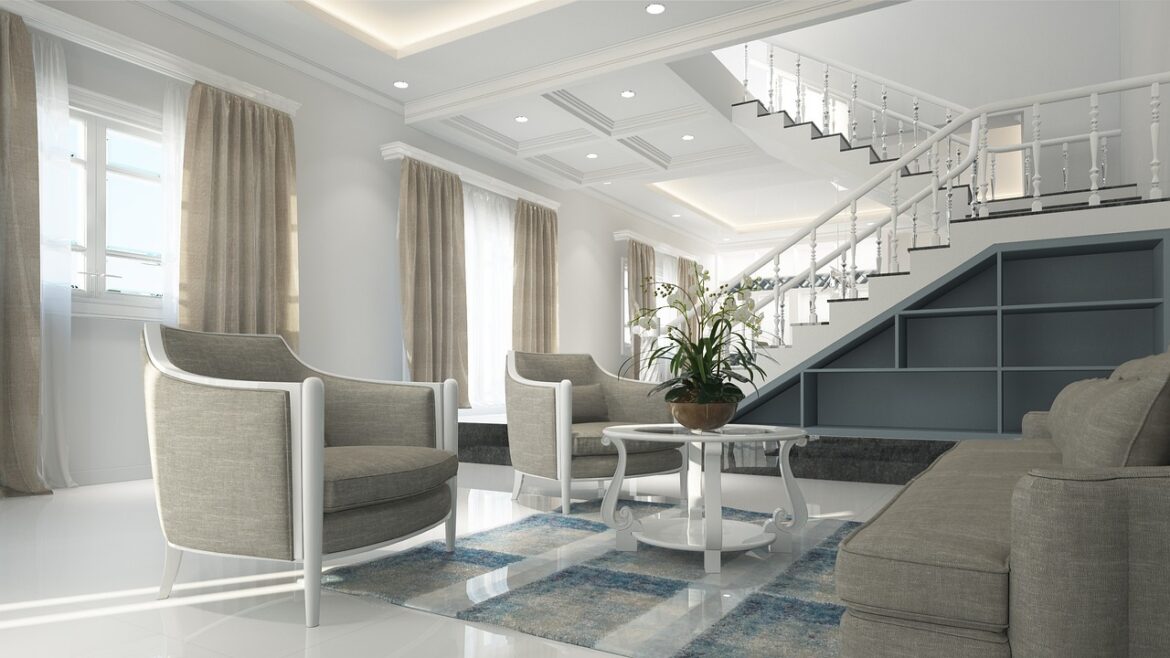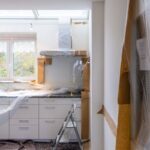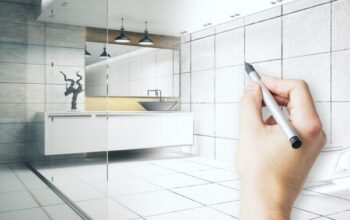When most people start scrolling through listings, searching for their forever home, they tend to avoid anything that requires projects–updating or renovating–looking instead for something move-in ready, but not you. You can’t wait to find a property that you can make your mark on, remodeling it to be everything you’ve always wanted in a forever home. The process of finding the perfect house to serve as the base for your creativity can often prove just as challenging as the renovation itself, so here’s a guide for making both parts of the process more seamless.
Financing Your Project
The first step in determining what kind of home you should look for is determining what kind of budget you’re working with. It’s likely that you don’t have a couple of hundred thousand dollars in your savings that you’re ready to drop on a house, so you’ll have to shop around to figure out what kind of loan is best for you. If you have a good credit score, then you should consider applying for a conventional loan. These types of loans reward applicants with high credit scores by offering them lower interest rates, meaning you’ll end up paying less overall just for having good credit. If this isn’t the case, then you might want to look into other options like FHA loans, since their credit minimum is much lower, making them easier to get approval for.
Purchasing the Right Home
Once you’ve gotten approval for a loan, you’ll know what kind of properties you can afford. However, it’s important to consider that you’ll need to spend a lot of money on renovations for whatever house you pick, so you should look at homes well below your budget to keep yourself from going over your spending limit.
If you’re looking for your forever home, then there are many other important factors you need to consider besides cost. Are you planning on having a family or expanding on the one you currently have? If so, then you’ll need to make sure you find a home with enough space to accommodate whatever size family you hope to have, and while the actual amount of space you have is important, the layout of the floorplan itself can greatly affect how spacious your home feels, so consider this when you’re touring homes. It’s much cheaper and easier to do a renovation in a home with good bones instead of trying to completely reconfigure its layout. You should also look for a home with adequate outdoor space–a lawn for your pets or potential kids to play in, and a back deck or patio for outdoor leisure and entertaining.
You also need to consider how the location of the property will fit your needs. You need to do your research to find what the best local school district is. You should also research individual neighborhoods to get statistics like crime rates, average property value, and average income since any change in these factors can affect the property value of your own home.
Making Your Home Your Own
Once you’ve found a home that fits all of your space, layout, and location needs, it’s time to get to renovating and redecorating. The most important part of this process is planning. If you get too excited and jump into your renovation without a plan, then you’re more likely to both lose steam and fail. It’s important to do your research on design trends, that way you can figure out your own personal style and find ways to implement it in the decor throughout your home. A great resource for this is Pinterest. You can search the site using keywords like specific rooms or design trends to generate a bunch of options to draw inspiration from.
Once you’ve settled on a design style, it’s time to implement it in your own home. Start by busting out the drop cloths and rolling a fresh coat of paint onto the walls. It’s a great idea to pick a light, neutral color. This will keep your space feeling more open and relaxed and will give you more freedom to get creative with your other design choices since you won’t have to worry about clashing colors. Just as important to the overall vibe of the home as your walls are your floors. Carpet and hardwood both have their own benefits, so it really depends on which you think makes the most sense for your design as well as your lifestyle. Once you’ve picked your floors, you should move on to filling your rooms with bigger furniture pieces to help support your personal style. Of course, arguably the most important factor in curating a distinct style in your home is the details that you add, like art and small decor. It’s important to take your time selecting the right pieces, don’t expect to create a perfectly balanced space overnight. If you remain patient and trusting, your space will eventually come together flawlessly.
Related Posts

Loves home. I am here to provide how to make your home a much better place. 🙂 Blogging about HomeDecor, Home Improvements and more.











